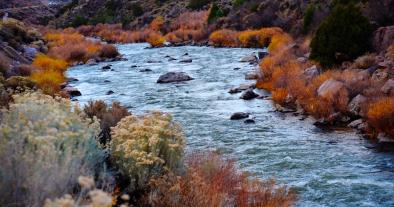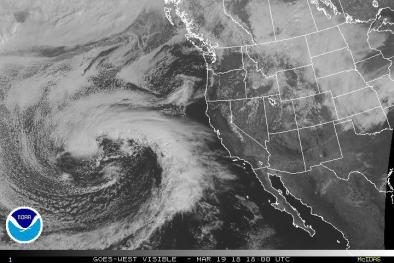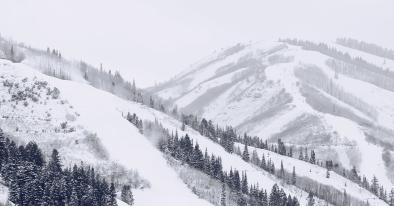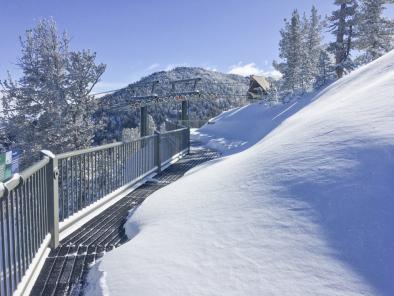Science Source
Winter Snow Level Rise in the Northern Sierra Nevada from 2008 to 2017
- Reports that warming temperatures have decreased snowpack in the Sierra Nevada and that the snow line—the elevation where rain changes over to snow—in California's northern Sierra Nevada moved uphill by as much as 236 vertical feet per year between 2008 and 2017
- States that the partitioning of precipitation into frozen and liquid components influences snow-derived water resources and flood hazards in mountain environments
- Estimates total precipitation falling as snow (snow fraction) between WY 1951 and 2017 using nine daily mid-elevation (1200–2000 m) climate stations and two hourly stations spanning WY 2008–2017
- Finds that the climate-station-based snow fraction estimates agreed well with snow-level radar values (R2 = 0.95, p < 0.01), indicating that snow fractions represent a reasonable method to estimate changes in frozen precipitation
- Finds that snow fraction significantly (p < 0.001) declined during WY 2008–2017 at a rate of 0.035 (3.5%) per year
- Single-point correlations between detrended snow fraction and sea-surface temperatures (SST) suggested that positive SST anomalies along the California coast favor liquid phase precipitation during winter
- Reanalysis-derived integrated moisture transported upstream of the northern Sierra Nevada was negatively correlated with snow fraction (R2 = 0.90, p < 0.01), with atmospheric rivers representing the likely circulation mechanism producing low-snow-fraction storms
- Identifies a statistically significant positive (negative) trend in winter snow levels (snow fractions) in the northern Sierra Nevada during the winters between WY 2008 and 2017
- Finds consistency between increases in the elevation of winter snow levels measured by snow-level sensing radars and estimated snow fractions
- Finds that atmospheric rivers are predominantly associated with low- snow-fraction storms, and anomalously warm coastal SSTs appear to favor lower-snow-fraction winters—perhaps by enhancing the upward heat flux during atmospheric river landfalls and promoting zonal flow regimes that increase the advection of warm subtropical air into the northern Sierra Nevada, leading to storms with higher snow levels
- This suggests that continued increases in sea-surface temperatures and increased frequencies in atmospheric river landfalls may exacerbate future snowpack decline in the Sierra Nevada
Related Content
Headline

Mar 23, 2018 | News Deeply
Grim Forecast for the Rio Grande Raises Concern
Headline

Mar 21, 2018 | California Weather Blog
Pineapple Express deluge in Southern California; high risk of Thomas Fire flash floods & mudslides
Headline

Mar 6, 2018 | BuzzFeed
Mountain Snow In The Western US Is Declining Because Of Climate Change, A New Study Finds
Headline

Mar 6, 2018 | The Mercury News
Welcome winter storm slows California’s plunge back to drought


